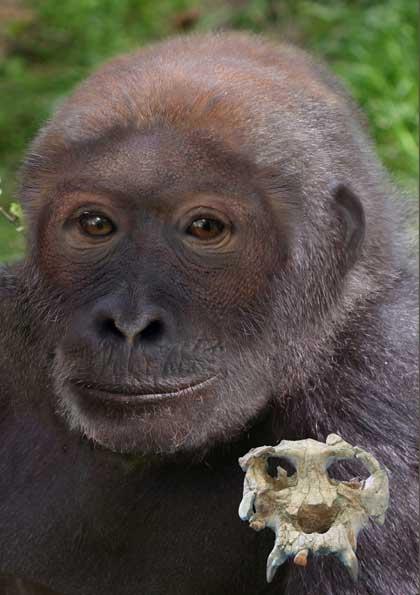Sessions to improve the chronology of evolution
2002/04/01 Elhuyar Zientzia Iturria: Elhuyar aldizkaria
How to know when two species were separated? Man and chimpanzee, for example, come from the same ancestor, but from a moment one became human and the other into chimpanzees; two different and unmistakable species.
Biologists can use two tools to know when this distribution occurred: fossils and genome. The fossils serve to calculate an approximate chronology through the oldest specimens of the distributed species found. However, this calculation cannot be very accurate. However, mutations in genes offer a more precise starting point. Taking into account the frequency of mutations and the number of mutations necessary to transform one species into another, the chronology of distribution of evolutionary branches can be calculated.
Now, in the United States, Sudhir Kumar and Sankar Subramanian, biologists have proposed a strategy to improve gene calculation. Not all mutations have the same frequency. In addition, the frequency of mutations may vary from species to species in the same gene. Biologists have identified genes that do not alter the frequency and, depending on them, they want to calculate the chronology of the evolution of mammals. This method discards 60% of the genome for calculation.

Gai honi buruzko eduki gehiago
Elhuyarrek garatutako teknologia





